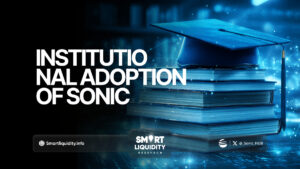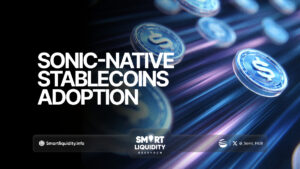The Gas-Free Revolution


The Gas-Free Revolution
Imagine one really huge shift: the Gas-Free Revolution will seek to omit transaction fees, better known as “gas,” which has long been a huge barrier to mass adoption and user experience. This paradigm shift will refashion how users interact with decentralized applications and smart contracts, hence making blockchain technology ever closer and more efficient.
Understanding Gas Fees: Traditionally, the gas fees refer to the costs associated with any transactions on a blockchain network, like Ethereum. These are fees paid for miners or validators for their computational work in processing such transactions. High gas fees, however, always repel users, especially when the network gets congested, thereby raising the cost of transaction to a really high level.
Innovative Solutions: A few blockchain projects are leading the no-ggas revolution. For example, some of the layer-2 solutions, such as rollups and sidechains, shift transactions from the main chain, cutting gas fees close to zero or eliminating them all together. Other platforms are experimenting with various consensus mechanisms, like Proof of Stake; these might significantly lower operation costs and thus decrease the need for gas fees.
This enhancement in user experience would change with the elimination of gas fees, making transactions smoother and more predictable. This is because users will no longer bother about the fluctuating cost of a transaction, hence making their interaction with dApps seamless and increasing blockchain adoption.
Economic Incentives: Getting sustainable with this model of being gas-less, the projects have been looking at a host of economic incentives. Models subsidize fees, while others give native tokens to help with the costs associated with transactions. The rest are using new models of revenues—staking rewards or partnerships—to offset their operational costs without burdening the users.
Wider implications: The gas-free revolution does more than make life easier on users; it opens the way for microtransactions to drive new business models and applications—gaming, social media, and IoT—where minimal transaction costs are critical.
Challenges and Future Directions: While promising, the gas-free revolution comes not without its challenges. Most of these challenges pertain to how to sustain the security of the network and decentralization without using gas fees in the first place. In that case, research and development for dealing with such issues becomes inevitable for the establishment of sustainable and scalable ecosystems without gases.
Essentially, the gas-free revolution is democratizing blockchain technology, consequently breaking one of the economic barriers and improving the user experience. Such a shift can easily open up new use cases, enable wide adoption, and foreshadow a new age in blockchain innovation.
DISCLAIMER:
“The information provided on this platform is for general informational purposes only. All information on the platform is provided in good faith; however, we make no representation or warranty of any kind, express or implied, regarding the accuracy, adequacy, validity, reliability, availability, or completeness of any information on the platform.”




